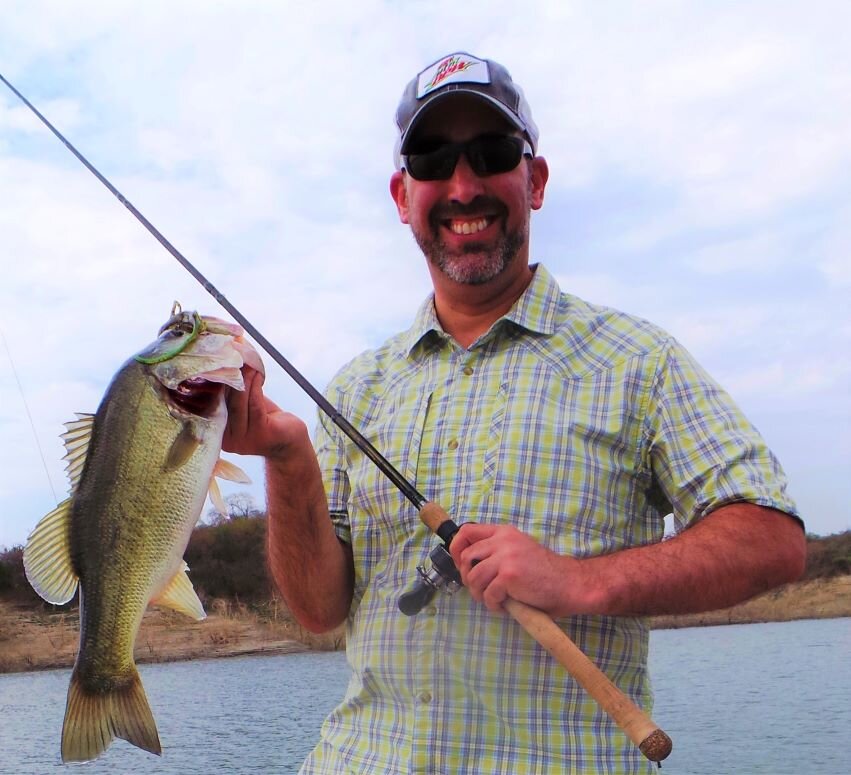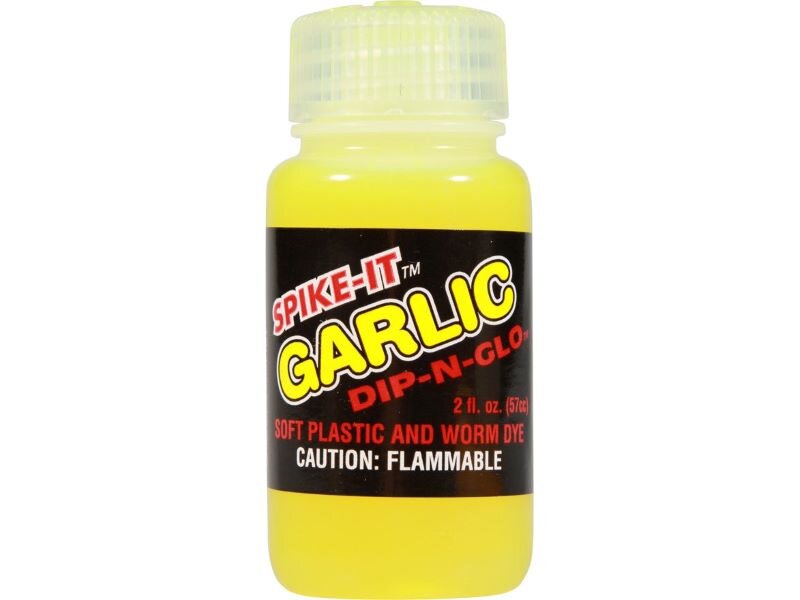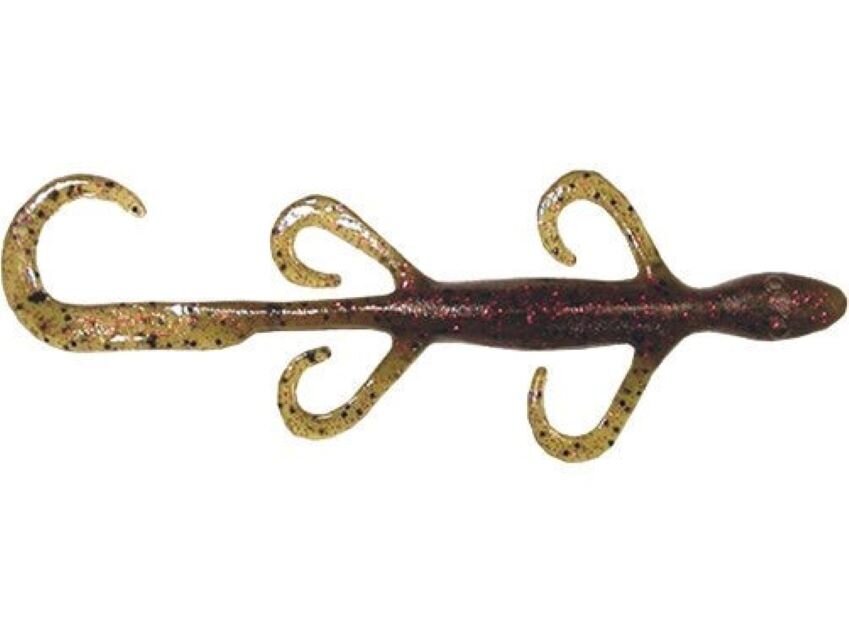Lizards are a Must-Have for Mexican Bass
On our first trip to Lake El Salto, in December 2009, I tried just about every lure I brought. Meanwhile, Hanna, who was still a relative novice at the time, fished an 8-inch lizard on every cast—deep, shallow, in between, in open water and in heavy cover. Half the time she didn’t hop it or drag it. Instead, she’d cast it out, reel it back slowly along the bottom (kind of like what you’d do with a Biffle Bug, although we didn’t yet know what that was), and set the hook. Lather, rinse, repeat.
We later found out from some of the other guides that we’d been fishing with a guide they jokingly nicknamed “Señor Lizard” for his reliance on the soft plastic reptiles. It may have been semi-derisive, but the fact is that they worked. Nevertheless, as we’ve continued to make Mexico bass fishing a twice-a-year obsession, we’ve moved away from the lizard: For deep water Texas Rigging situations, we tend to rely on a 10-inch black and blue worm; when we go up shallower in light cover scenarios, a Senko almost always gets the call; and when we’re pitching into thick bushes or gnarly trees, we typically turn to a craw or creature bait. Over time, the lizard kind of got squeezed out.
That’s probably a mistake, because even though those other baits have served us well, the Texas Rigged 8-inch lizard does all of those things remarkably well. Paired with an appropriately-sized tungsten weight, it might still be the most versatile lure in the boat. You can even catch fish swimming it like a swim jig or (as Hanna proved) bouncing it along the bottom on a slow, steady retrieve. Moreover, they’re inexpensive and durable.
While 4-, 5- and 6-inch lizards have their place, in Mexico you typically don’t need anything smaller than the 8-inchers. Several manufacturers also make 10- to 14-inch models, but I don’t really see the need for those. An 8-incher is bulky enough to attract a 10-pounder, but sleek enough that you may have trouble at times keeping the sub-keeper bass away. I’d go heavy on the 8-inch models and while you can choose from a number of brands I see no reason to stray away from the standard Zoom versions. They’re readily available, comparatively cheap ($5.49 for a pack of 9 as of 2021), consistent in quality, and come in a fairly wide variety of colors. I’ve caught fish in Mexico on black with red flake and junebug, among others, but in my experience nothing produces better than various shades of green pumpkin and watermelon. The historical go-to is watermelon with red flake.
Be sure to bring along some Spike-It chartreuse dipping dye. I’m not sure that it’s 100 percent necessary, but the guides will look at you funny if you don’t use it. A standard 25-pack of 5/0 Gamakatsu EWG hooks (or the superline versions if you’ll be using braid) should cover you for a long time, and don’t forget bobber stops for heavy cover scenarios. You can get brown, green pumpkin or watermelon weights to match your critters, but I don’t think it makes a difference and just stick with basic black across the board.
This reminded me to stock up for next January’s trip. Because they’ve fallen out of my regular rotation I’m not sure how many lizards I have in my Anglers Inn stash.







